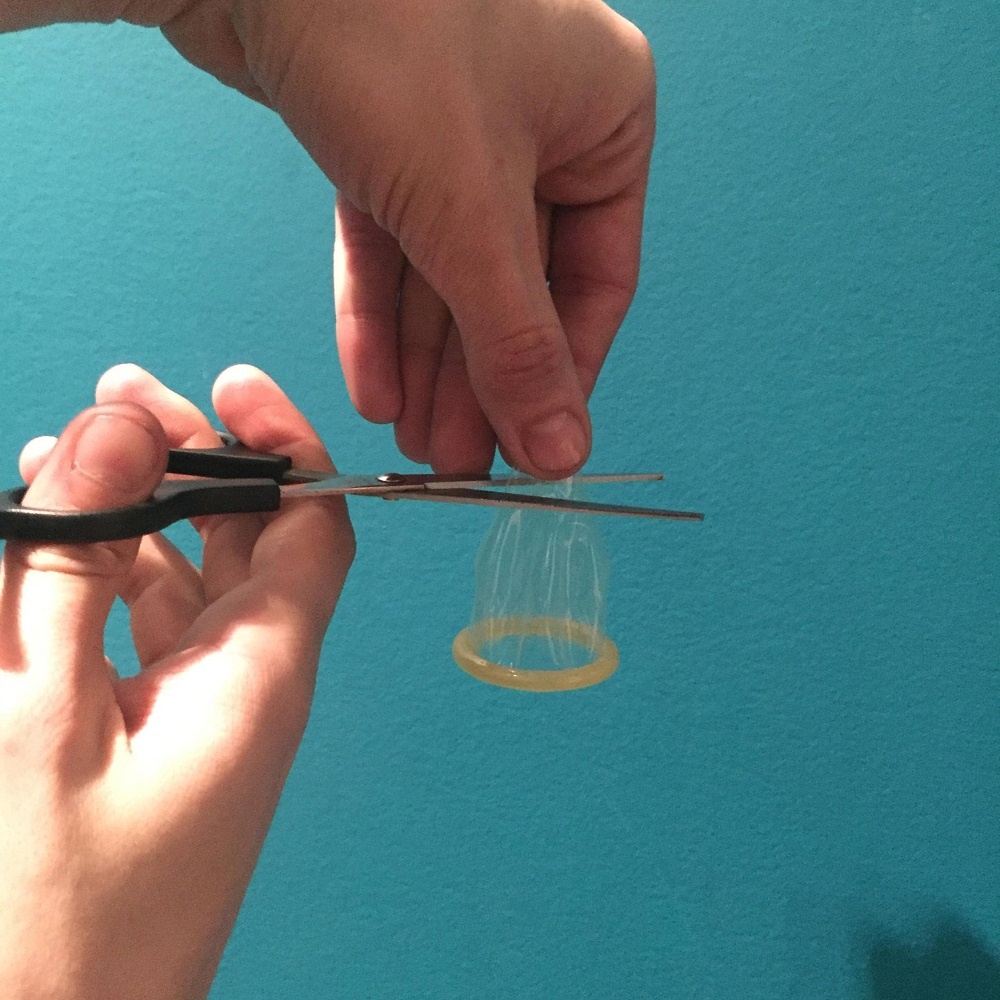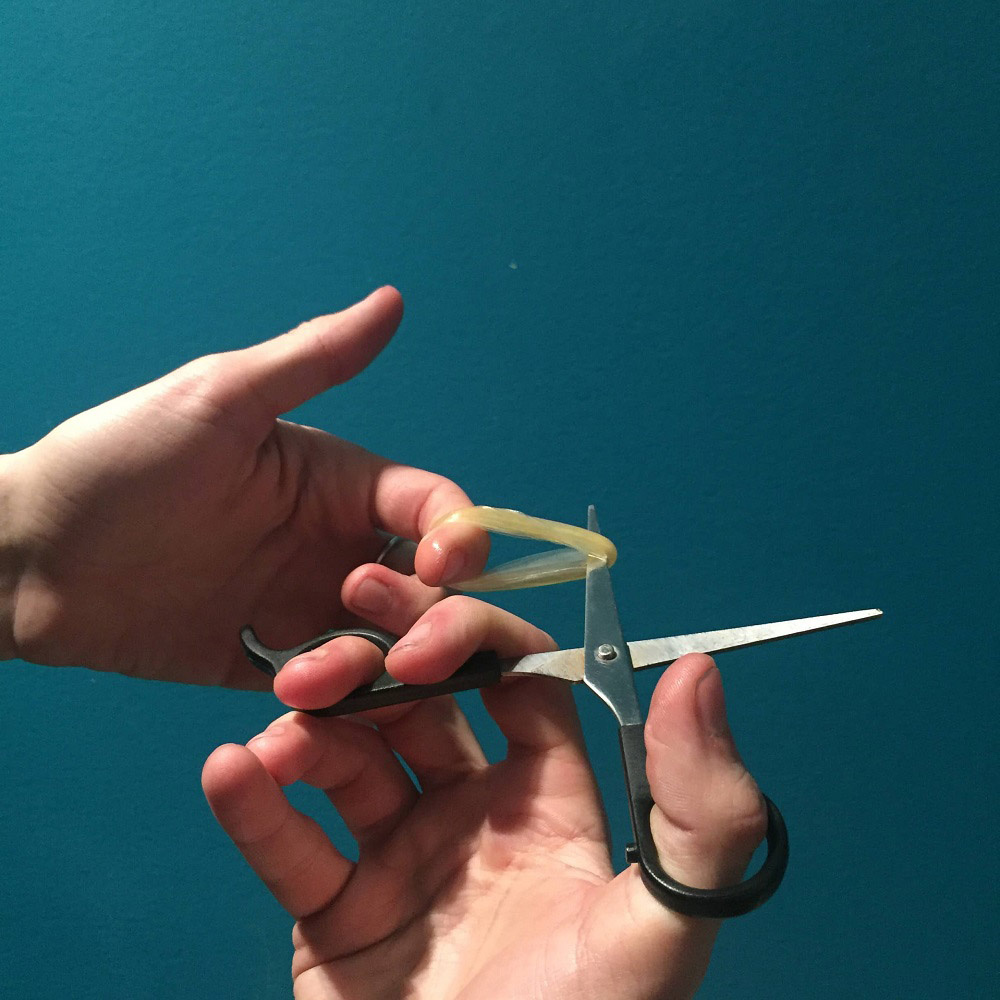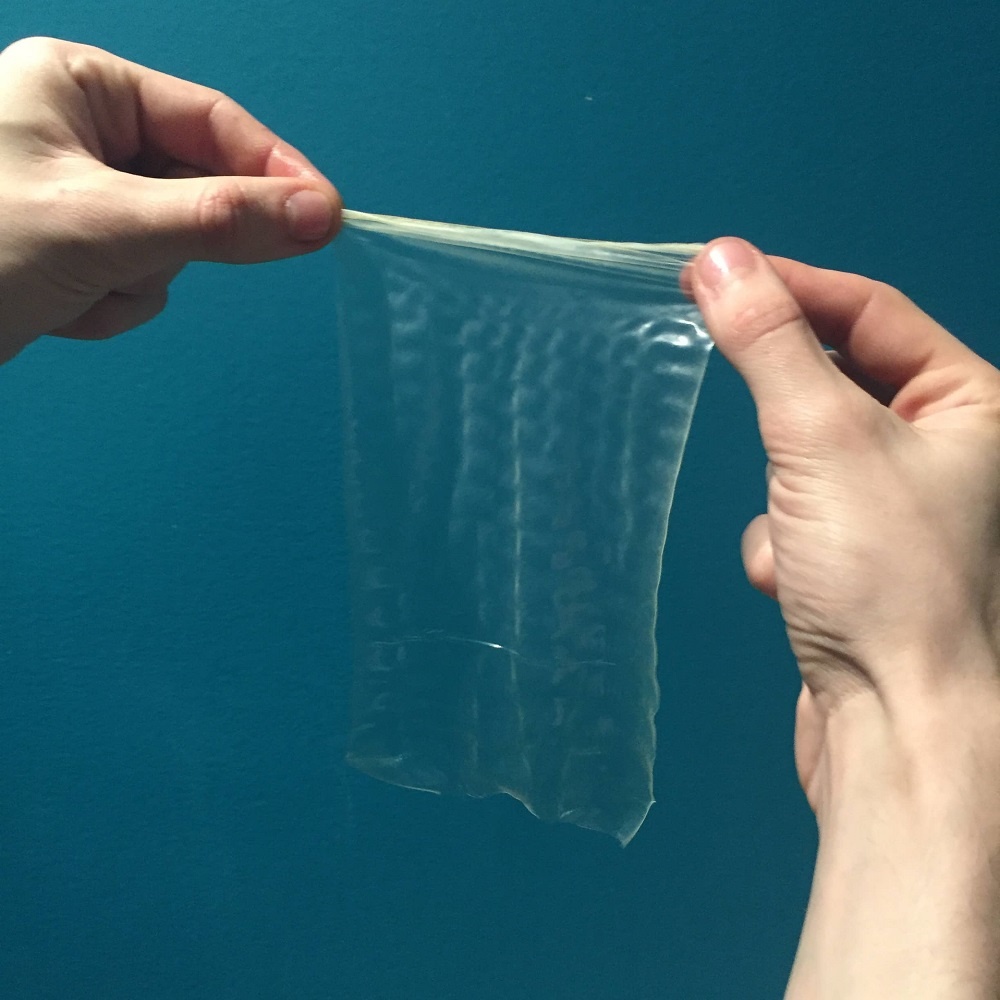Ask LSOP # 56 - What is a dental dam?

Up your safer sex game with a little dental dam knowledge.
A dam or dental dam is a rectangular sheet of thin material, usually made from latex or nitrile, that can be used as a barrier between the mouth and genitals during cunnilingus or analingus. Usually around 6 inches by 6 inches, the dam is placed over the vulva or anus and held in place to prevent the exchange of fluids between participants and reduce the risk of STIs.
The term dental dam comes from their original application as a tool used by dentists to isolate individual teeth during certain procedures. Medical dental dams are typically made to be thicker and opaque, while dams made for use as a sexual barrier are thinner, transparent or semi-transparent, and often flavoured.
Do they work?
Like condoms, dams are most effective in preventing STIs when they are used correctly. It's important to always follow the instructions provided by the manufacturer, and keep the following in mind:
- Check the expiry date. Dams should not be used after the expiry date on the package, as the strength of the material can diminish over time and increase the chance that the dam could tear during use.
- Use lube. Lubricants will reduce friction, putting less stress on the material and improving sensation for the recipient. Using a water-based or silicone-based lubricant is best, as some barrier materials, including latex and polyisoprene can be damaged by oil-based lubes.
- Make sure you know which side is which. If you lose track, or if a side becomes contaminated by slipping/folding/dropping, it's best to err on the side of caution. Toss the old one, wash your hands, and open a new dam.
- Be aware of allergies. Use non-latex options if either party have a latex allergy.
DIYing it
Dams aren't always as readily available as external condoms are, but they're fortunately not hard to make.
- Grab a condom.
- Unroll just enough that the tapered tip is exposed.
- Snip that part off with a pair of scissors.
- Snip the rolled up condom ring.
- Unroll your DIY dam!
|
|
 |
|
|
 |
 |
|
Another ad hoc dam alternative is plastic cling wrap. Planned Parenthood and other reliable sexual health resources recommend using plastic cling wrap as a barrier to prevent the oral transmission of STDs in the absence of dams or condoms- it is best to avoid the microwavable kind, however, as it has small pores to let out steam which render it ineffective.
Well, dam
Dams are an underutilized safer sex barrier, according to this 2019 article from The Atlantic, and based on how often people inquire as to their purpose when they discover them in our stores, I don't find that entirely surprising. Since cunnilingus and analingus do not pose a risk of pregnancy and pose a very low risk of transmitting HIV between partners, they are often left out of the safer sex conversation. Despite being underappreciated and underrepresented, dams, when used correctly, can greatly reduce the chance of transmission of more common STIs like gonorrhea, herpes, HPV, and syphilis (of particular concern for Albertans, at the time of writing).
So, for those of us in the know, dental dam-wise, it's our responsibility to share the knowledge, add them to our own safer sex practices, and shout it from the roof tops... Dam!
Free safer sex supplies, including dams, are provided to us by HIV Community Link to help ensure that these essential materials are accessible to members of our community. If you have the ability, please consider supporting HIV Community Link and the important work they do.



Comments
Be the first to comment...